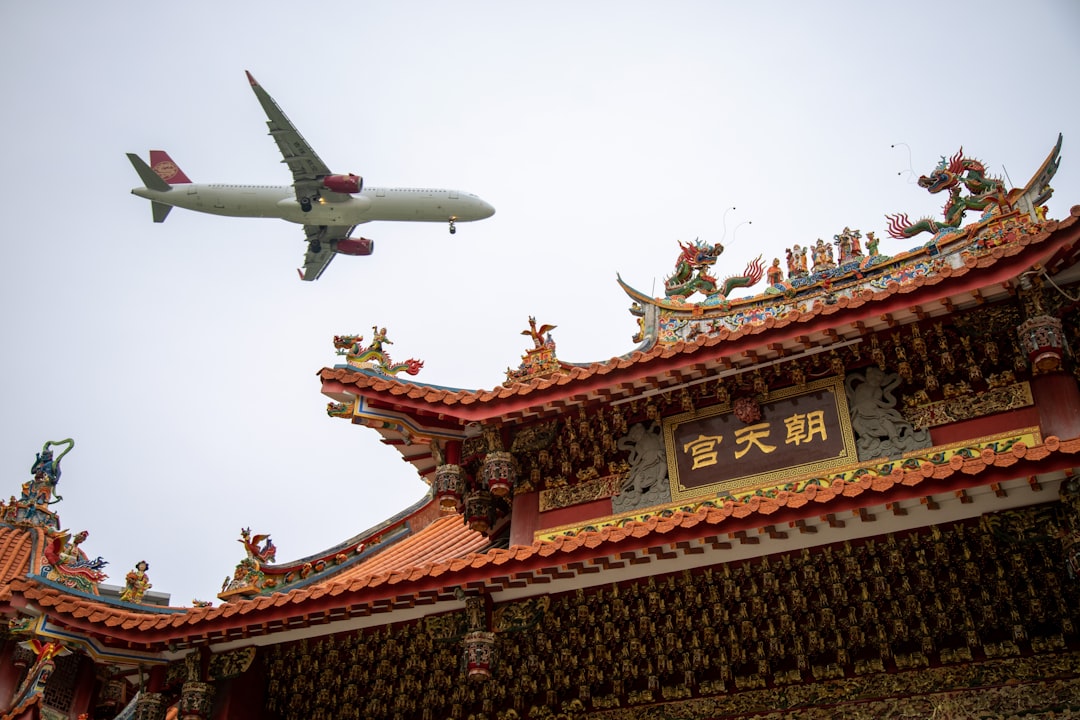Stay updated with the latest data and insights on the China aviation market, featuring monthly flight data and comprehensive analysis of the Chinese airline industry.
Introduction
The aviation sector in China has been experiencing dynamic growth, driven by increasing domestic and international travel demands. Understanding the aviation market trends in China is crucial for stakeholders looking to navigate this rapidly evolving landscape. This comprehensive analysis delves into the latest data, highlighting key airports, leading airlines, busiest routes, and emerging trends shaping the future of China’s aviation industry.
Top 10 Busiest Airports in China
China’s aviation market is anchored by several major airports that handle massive passenger volumes and flight capacities. As of August 2025, Baiyun International Airport (CAN) stands out as the busiest domestic airport, offering 3.5 million seats and marking a 2% increase in capacity compared to the previous year. Following closely are Shenzhen (SZN) and Beijing Capital (PEK) airports, managing 3.1 million and 3 million seats respectively.
Notably, Kunming Airport is witnessing the fastest growth with a 6% increase in capacity year-over-year, reflecting ongoing investments and expanding connectivity in the region.
Leading Chinese Airlines
The competitive landscape of China’s aviation industry is dominated by a few key players. China Southern Airlines leads the market, capturing 15% of the domestic share with 12.3 million seats in August 2025. China Eastern Airlines follows closely with a 14% market share and 11.4 million seats.
Among low-cost carriers, Spring Airlines has shown significant growth, increasing its domestic capacity by 14% compared to August 2024. Conversely, Juneyao Airlines has reduced its capacity by 11%, shifting focus towards international routes, particularly in Europe and regional sectors, aligning with its broader growth strategy.
Most Flown Airline Routes in China
Domestic travel remains the backbone of China’s aviation market, with certain routes experiencing high passenger traffic:
- Shanghai Hongqiao to Shenzhen (SHA – SZN): The busiest route with 631,000 seats, marking a 9% increase in capacity year-over-year.
- Beijing Capital to Shanghai Hongqiao (PEK-SHA): Although a key route, capacity declined by 8%, now offering 596,000 seats.
- Hangzhou to Shenzhen (HGH-SZN) and Guangzhou to Shanghai Hongqiao (CAN – SHA): Both routes have seen capacity reductions of 11% and 10% respectively.
On the rise are the Chongqing to Shenzhen (CKG-SZN) route, with an 8% increase, and continued growth in the Shanghai Hongqiao to Shenzhen corridor.
Key Cities for Air Travel
Air travel demand in China is concentrated in major urban centers:
- Beijing: The busiest city with 5.5 million seats across its two main airports, capturing 7% of the market.
- Shanghai: Holding the second spot with 4.9 million seats and a 6% market share.
- Kunming: Continues to grow the fastest, with a 6% increase in capacity, fueled by initiatives like the Belt and Road Initiative and the Xinjiang Free Trade Zone policy, enhancing international commerce connectivity.
Domestic vs International Airline Capacity
The majority of China’s aviation capacity remains domestic, accounting for 85% of all seats with 79.8 million seats available. However, international capacity is on a significant rise, increasing by 11% year-over-year to 21.8 million seats, compared to a 2% growth in domestic capacity. This shift underscores the expanding global footprint of Chinese airlines and the increasing demand for international travel.
International Travel Trends from China
Chinese travelers are increasingly venturing abroad, with top destinations reflecting both traditional preferences and emerging markets:
- Japan: Leading the international market with 1.2 million seats, surpassing 2019 levels with a 27% capacity increase.
- Republic of Korea: Holds the second spot, up by 11% to 953,000 seats.
- Vietnam and Cambodia: Experiencing rapid growth with 55% and 57% increases respectively.
- Thailand: Contrary to the trend, international capacity has reduced by 27%, indicating a shift in traveler preferences.
Top Provinces by Seat Capacity
When analyzing domestic demand, certain provinces emerge as major hubs:
- Guangdong Province: The largest province for scheduled domestic airline capacity with 8.3 million seats, representing 10% of the total departing capacity. This reflects a 5% increase from August 2024.
- Beijing Province: Second with 5.5 million seats.
- Xinjiang Province: Showcasing the highest growth rate at 12%, driven by enhanced connectivity through strategic initiatives like the Belt and Road.
Future Outlook
The aviation market trends in China indicate a robust growth trajectory, propelled by both expanding domestic demand and increasing international connectivity. With strategic initiatives enhancing regional connectivity and airlines adapting to shifting passenger preferences, the Chinese aviation sector is poised for sustained expansion. Stakeholders should monitor these trends to capitalize on emerging opportunities and navigate potential challenges effectively.
Conclusion
Understanding the aviation market trends in China is essential for airlines, investors, and policymakers aiming to leverage the vast potential of this dynamic industry. With continuous growth in passenger capacity, evolving route networks, and expanding international reach, the China aviation market offers numerous avenues for development and investment.
Ready to navigate the complexities of entering the Chinese market? Partner with Ripple Marketing to leverage data-driven insights and strategic expertise for your brand’s success.

Leave a Reply